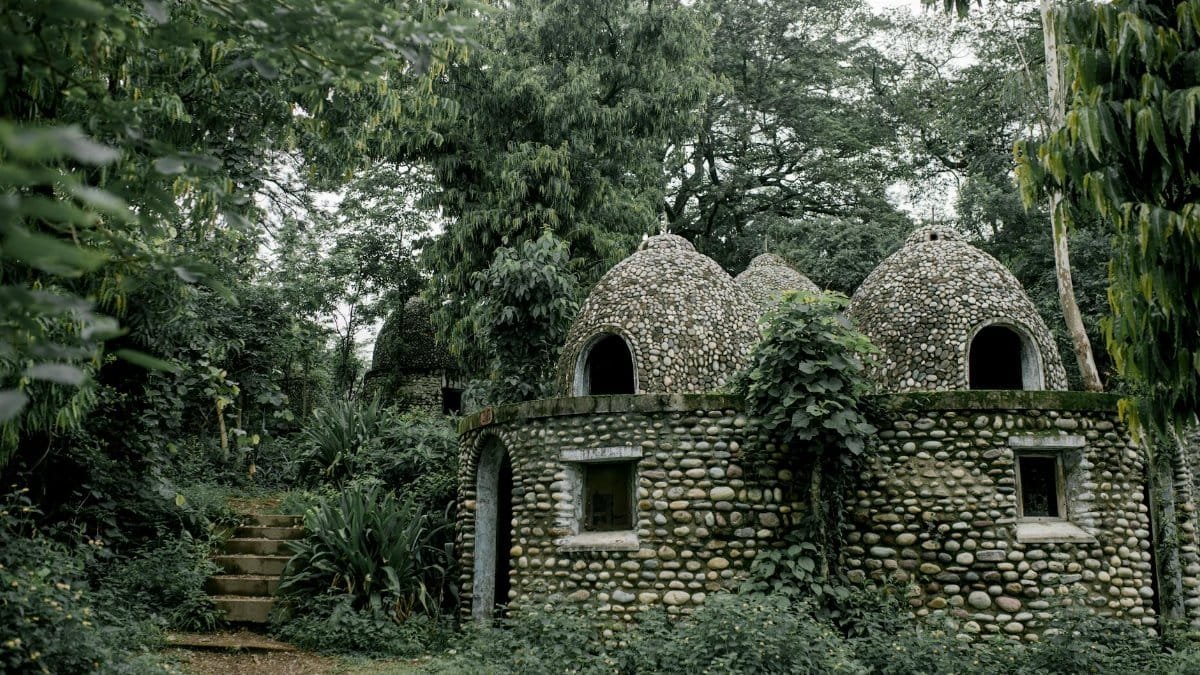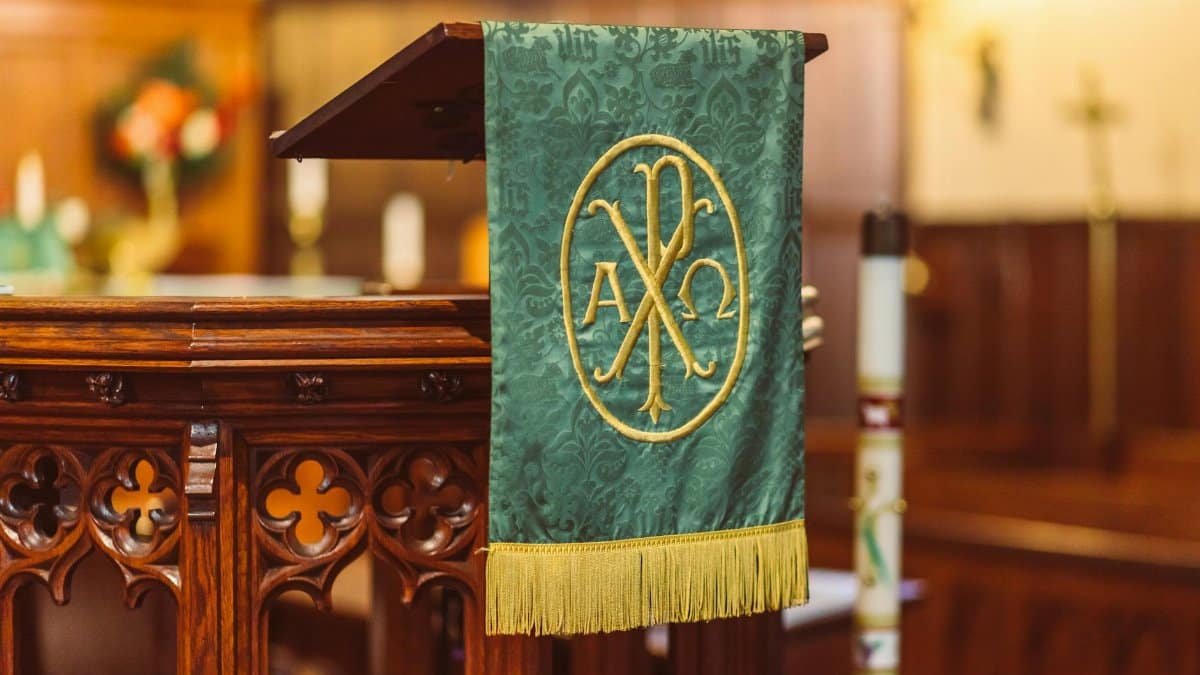As climate disasters intensify, a surprising trend emerges: climate anxiety spiritual connections are reshaping how Americans cope. New data shows 62% of young adults feel overwhelming stress about the planet’s future, and many are turning to spiritual practices for solace. From meditation retreats to nature-based rituals, people are seeking meaning amid melting ice caps and raging wildfires. This shift isn’t just a fad—it’s a profound response to existential dread. Here’s why climate anxiety is driving a spiritual awakening across the U.S., with five powerful insights into this growing movement.
1. Eco-Anxiety Fuels a Search for Meaning

Climate anxiety isn’t just about worrying over weather reports—it’s a deep, existential fear about humanity’s future. Surveys from the American Psychological Association reveal that over half of Americans experience stress tied to environmental collapse. For many, traditional coping mechanisms fall short. Spirituality offers a framework to process these fears, providing a sense of purpose when science alone feels powerless. Whether through prayer or mindfulness, Americans are looking beyond data for answers.
2. Nature Becomes a Sacred Space

As wildfires and floods dominate headlines, more people are finding spiritual refuge in the natural world. Parks and forests aren’t just escapes—they’re sanctuaries for reflection. Groups like eco-spirituality collectives report a spike in membership, with rituals centered on honoring the earth. This isn’t mere tree-hugging; it’s a desperate bid to reconnect with a planet under siege. For many, nature’s beauty offers a spiritual balm against the dread of climate forecasts.
3. Meditation and Mindfulness Combat Despair

Climate anxiety spiritual practices often include meditation, a tool to manage overwhelming emotions. Studies from National Institutes of Health show mindfulness reduces stress by up to 30% in high-anxiety groups. Apps and local centers report a surge in users citing environmental fears as their motivation. Sitting in silence, focusing on breath, helps individuals feel grounded when headlines scream chaos. It’s a quiet rebellion against despair, one deep inhale at a time.
4. Community Rituals Build Collective Hope

Spirituality isn’t always solitary. Across the U.S., communities are forming around shared climate grief, hosting ceremonies to mourn ecological loss and envision renewal. From candlelight vigils for extinct species to group meditations for cleaner skies, these gatherings foster resilience. They’re not just feel-good events—they’re a way to channel collective anxiety into action. In 2025, expect more of these grassroots movements as people crave connection in uncertain times.
5. Faith Traditions Adapt to Green Concerns

Established religions are also pivoting. Churches, synagogues, and mosques are weaving climate messages into sermons, framing environmental stewardship as a moral duty. Some congregations host “green Sundays” to discuss sustainability through a spiritual lens. This isn’t new—faith has long tackled crises—but the urgency of climate change adds a fresh layer. For believers, protecting the planet becomes an act of devotion, blending ancient teachings with modern peril.
